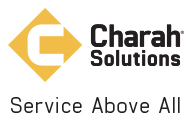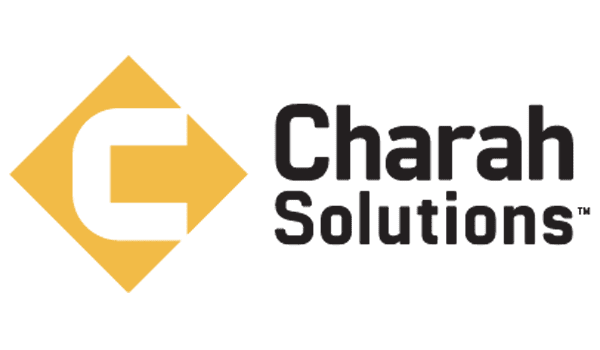 In mid-February, the U.S. Supreme Court agreed to hear a case with potential impact for not only those interested in environmental remediation, but also the general public. The case — County of Maui, Hawaii v. Hawaii Wildlife Fund — involves whether a discharge of water pollutants to groundwater that is subsequently discharged to surface water requires a Clean Water Act National Pollutant Discharge Elimination System (NPDES) permit. In the original case, the County of Maui in Hawaii has allowed and permitted underground injection control wells to manage the County’s treated wastewaters. Environmental non-governmental organizations (ENGOs) filed a lawsuit, claiming that this wastewater treatment required an NPDES permit in addition to a groundwater well injection permit.
In mid-February, the U.S. Supreme Court agreed to hear a case with potential impact for not only those interested in environmental remediation, but also the general public. The case — County of Maui, Hawaii v. Hawaii Wildlife Fund — involves whether a discharge of water pollutants to groundwater that is subsequently discharged to surface water requires a Clean Water Act National Pollutant Discharge Elimination System (NPDES) permit. In the original case, the County of Maui in Hawaii has allowed and permitted underground injection control wells to manage the County’s treated wastewaters. Environmental non-governmental organizations (ENGOs) filed a lawsuit, claiming that this wastewater treatment required an NPDES permit in addition to a groundwater well injection permit.
For background, states normally control groundwater protection and manage those permit programs, which are operated independently of point source surface water discharge permits that fall under the Clean Water Act and NPDES permitting. The U.S. Courts of Appeals for the Sixth and Ninth Circuit have issued decisions on both sides of the argument, including cases involving coal combustion residuals (CCRs) in Kentucky and Tennessee. The Supreme Court will now decide whether the Clean Water Act requires a permit when pollutants originate from a point source, but are conveyed to navigable waters by a nonpoint source, such as groundwater.
This case could have an impact that extends far beyond the basic legal question at issue. Groundwater issues are normally addressed by regulatory programs specifically designed to address groundwater and are usually administered by state agencies. Groundwater issues and permit systems usually take into account that groundwater starts as precipitation or surface waters that travels through the earth soils profile and undergo natural attenuation treatment as they move through soil or rock. Shallow groundwater almost always travels through the earth and discharges into surface water bodies as non-point sources.
For example, almost every household in America not serviced by a centralized sewer system has a septic tank and drainage leaching field, which allows treated household waste waters to travel through the soil, where it is treated through attenuation prior to being incorporated into groundwater. Some of that same groundwater under residential communities is used for drinking water, while the remaining groundwater migrates through the underground soils and eventually finds its way into surface water streams or oceans, where the natural cycle of evaporation, precipitation and surface soil migration starts anew. If the Supreme Court finds that all human impacted groundwater that finds its way back into a surface water stream or ocean requires a permit from the point of original human impact, then every household with a permitted septic tank will be violating the Clean Water Act because no NPDES permit was issued. This clearly is not what Congress nor the Environmental Protection Agency (EPA) intended when they established separate laws and regulatory programs for groundwater and surface waters.
This case could also impact landfill and surface impoundment permits. Dating back to the 1970s, the Resource Conservation and Recovery Act (RCRA) regulates hazardous and non-hazardous waste streams. EPA establishes the design criteria for landfills and surface impoundments with protective features that are known to have an acceptable leakage rate and take into account natural attenuation mechanisms. EPA approved liner systems have a known permeability, usually less than 1X10-7 cm/sec. EPA’s design guidance and permit standards consider the soil’s’ natural ability and/or attenuation capacity to treat pollutant waters that travel through the soil or rock, provided the seepage rate of the liner systems is limited to 1X10-7cm/sec. By having a known liner permeability, one could argue that some de minimis level of pollutants could eventually interact with groundwater.
Given that most shallow groundwater eventually interacts with surface water, and surface water flows to oceans, where the evaporation cycle starts anew, one could argue that water in a permitted landfill designed to meet EPA requirements is ultimately an air pollutant, since the landfill leachate ends up in the evaporation cycle. Since it is readily acknowledged that most shallow groundwater eventually discharges to surface water after natural treatment, Congress and EPA established separate groundwater and surface water programs. Just because groundwater usually finds its way into surface water bodies does not imply that the two separate permit programs should merge, as asserted by the County of Maui decision in the lower court. Each program addresses specific impacts to two distinct water systems, and to entangle the two could cause unintended consequences.
We will continue to monitor during the coming weeks and months as both sides file briefs and prepare to argue in front of the Supreme Court. All of America’s households with septic tank systems should pay close attention.


Comments are closed.